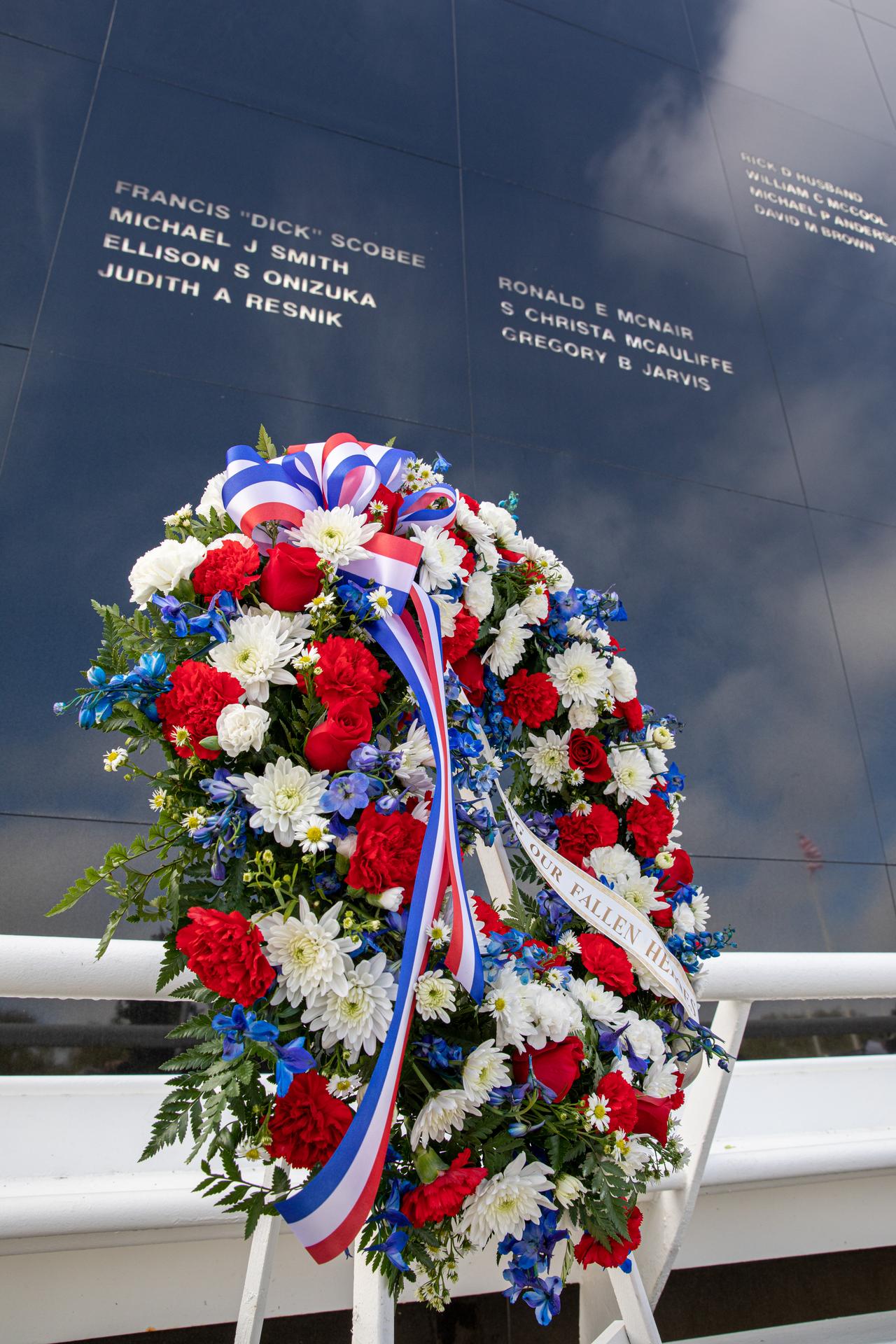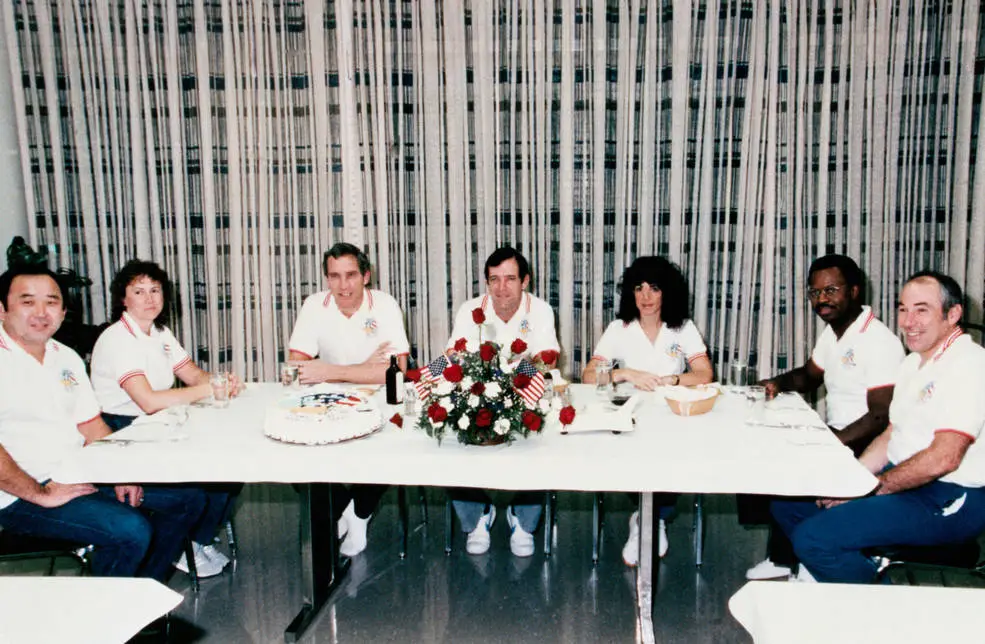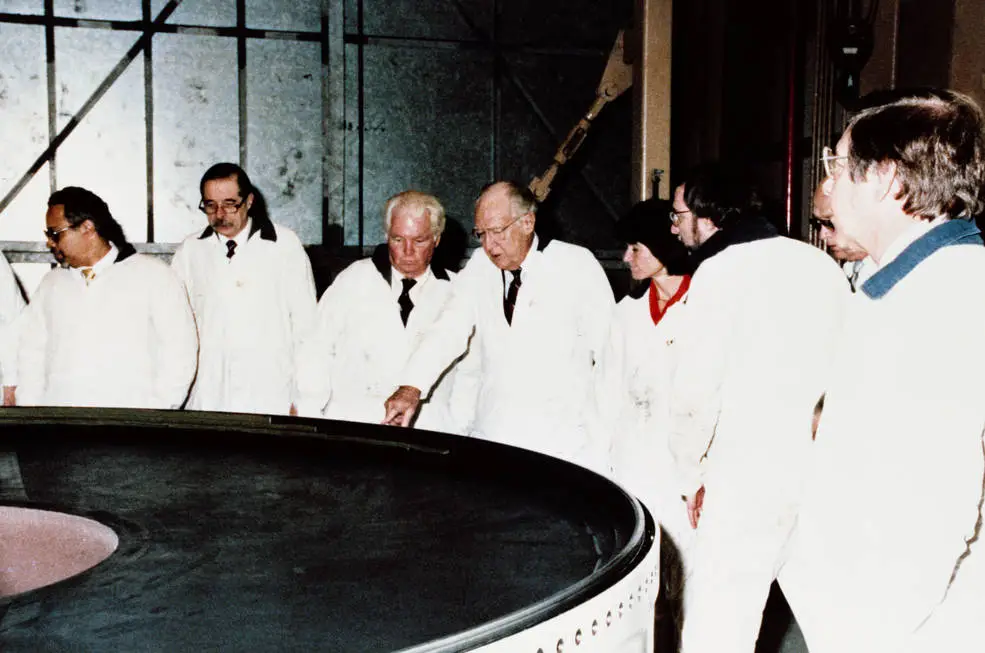Their Rights

Image courtesy of NASA
The Challenger disaster was one of the most devastating moments in American history, not only because of the loss of seven astronauts, but because millions of people, including schoolchildren, watched it happen live on television.
- The launch was heavily publicized, especially because of Christa McAuliffe.
- In the wake of the explosion, NASA grounded the space shuttle program and suspended future launches.
- President Ronald Reagan postponed his State of the Union Address and instead delivered a nationally televised speech to address the tragedy.
"Sorrow plagued my body when I heard of the historical mishap with the space shuttle. I hope that in the future there will be more tried and discoveries about the problem."
- A 12yr. old student writes in a letter

Image courtesy of NASA
Video courtesy of the Ronald Reagan Presidential Foundation & Institute
"For the families of the seven, we cannot bear, as you do, the full impact of this tragedy... Your loved ones were daring and brave, and they had that special grace... They had a hunger to explore the universe and discover its truths. They wished to serve, and they did. They served all of us... We're still pioneers. They, the members of the Challenger crew, were pioneers."
- President Ronald Reagan, (1:00)
After the disaster, public outcry demanded accountability and transparency. NASA was tasked with providing honest answers, which the Rogers Commission aimed to uncover.
Led by experts like physicist Richard Feynman, the commission investigated the cause and recommended safety improvements. It found that NASA’s poor internal communication played a key role. Engineers warned about the O-ring failure risk in cold temperatures, but leadership ignored these concerns and proceeded with the launch.
The report concluded that NASA failed to prioritize astronaut safety, knowingly launching Challenger despite the risks, violating the crew’s right to a safe working environment.

Image courtesy of NASA
"For a successful technology, reality must take precedence over public relations, for nature cannot be fooled."
- Richard Feynman